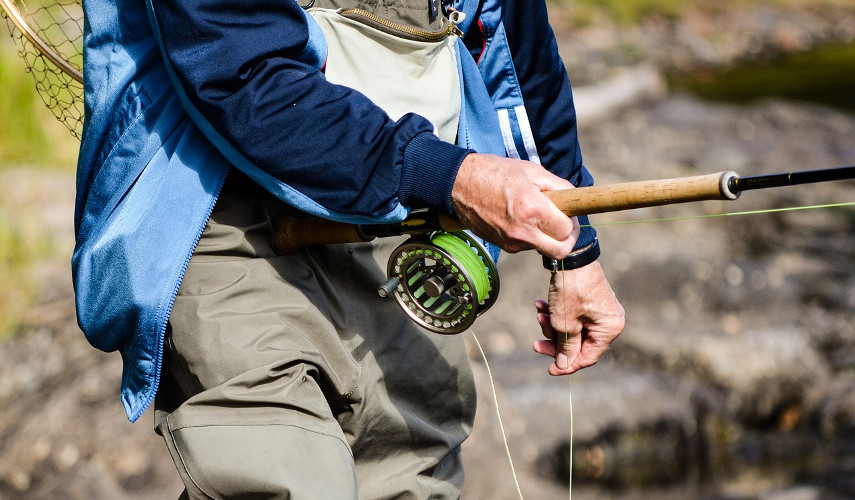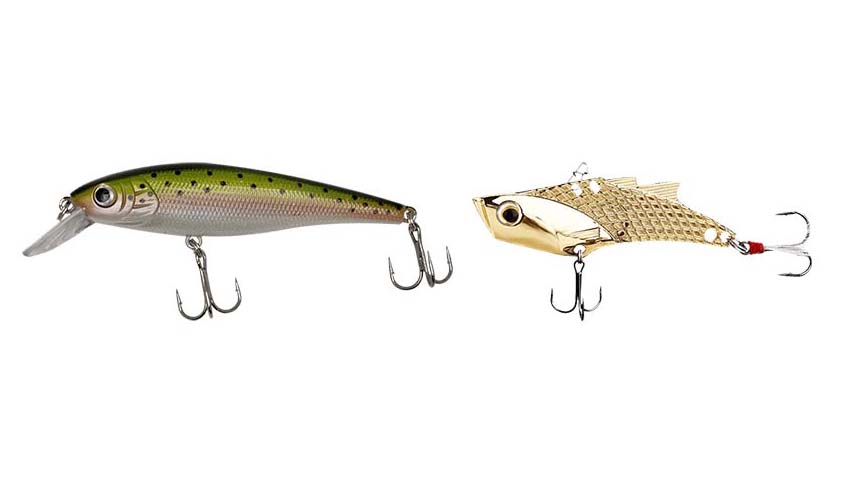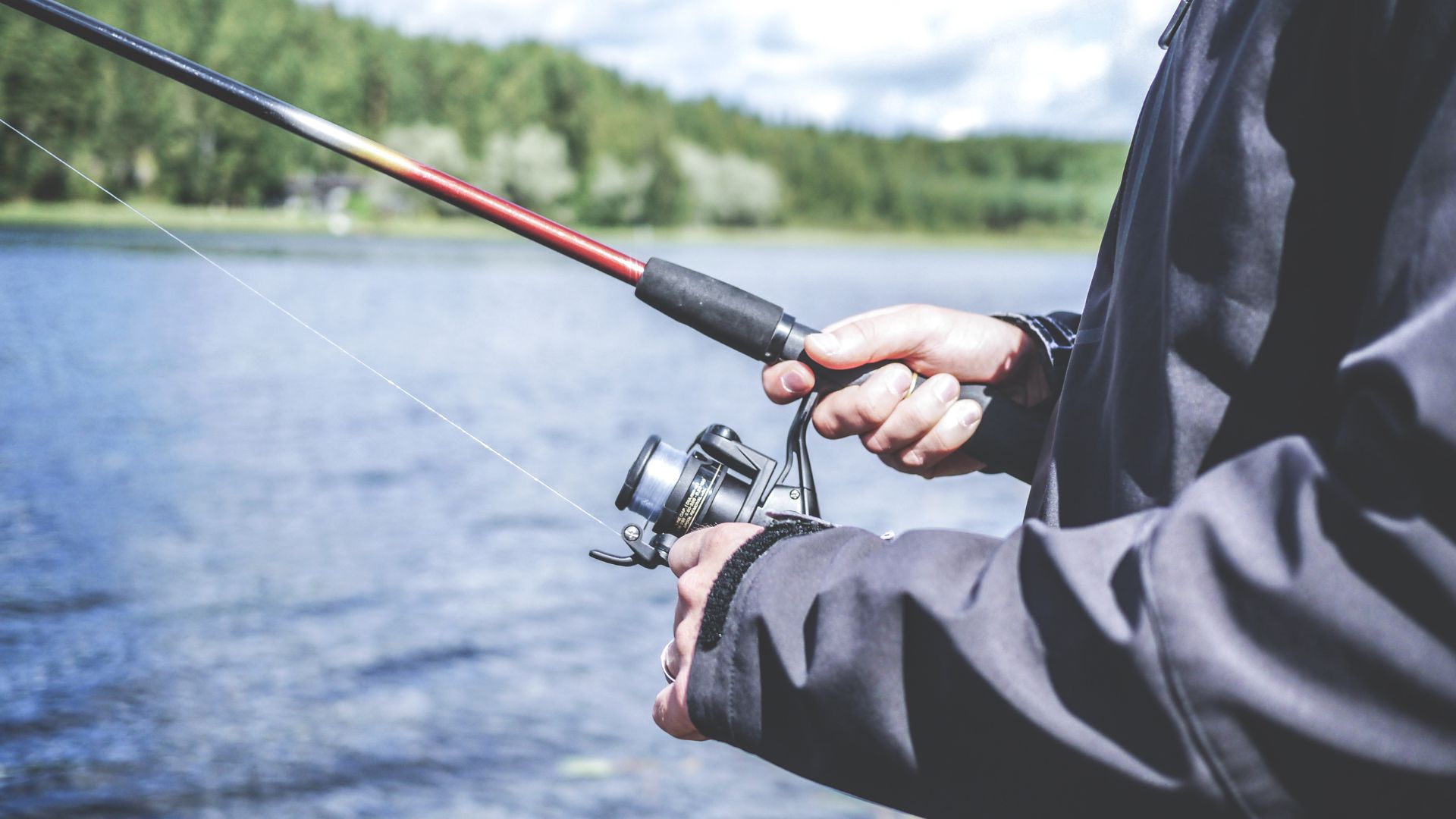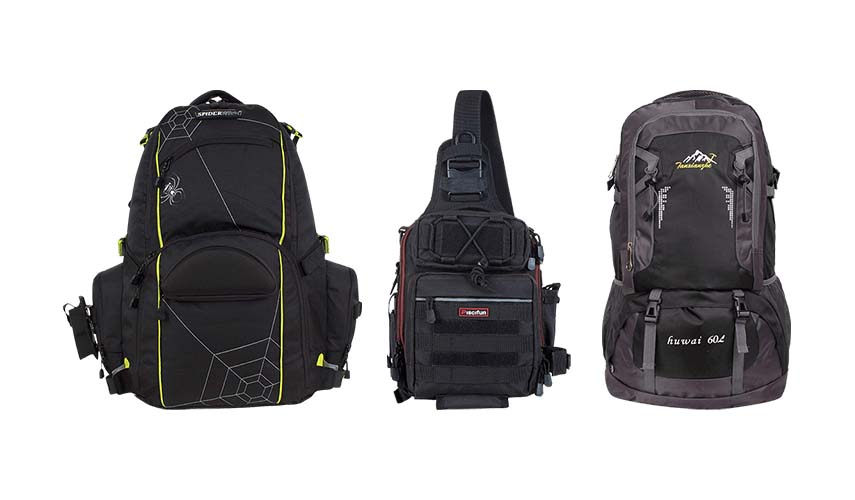Catching any fish with any fly rod is an exciting experience. Often you can catch more fish with a fly rod than you can using other fishing methods. And all that stuff you’ve read about having to “match the hatch”, take a college course on “terrestrials”, all required, before you can hope to hook up with a fish using a fly rod is sheer nonsense.
All you need to get started having fun is a fly rod, reel, matching line and a few ordinary “poppers”. Whoa, hang on there, don’t go rushing out the door to the nearest “Cheap Mart”, just yet. There are after all, a few things you should know about fly rods, reels and fly lines. Like most other things in life, it’s easy once you grasp a few basics.
If money is an object relax in knowing that you can get started for less than $100.00. Every fly fisherman still has tucked away in a corner that first fly fishing outfit and you can bet most of them didn’t start with a $1,200 rod, a $400.00 reel and $80.00 flyline. Sure, there’s a difference in fishing with a cheap outfit and an expensive one but no beginner can really appreciate that difference. And whether you are buying a cheap outfit or an expensive one you will still need to address the same questions in selecting an outfit.
Like most everything else, fly fishing equipment has evolved into offering rods, reel and line for specific applications. A novice to the sport need not be concerned with the fine subtleties of the sport. A novice should start with a decent basic all around outfit. Once you’ve acquired an acceptable level of proficiency in the basics then that is the time to consider moving up in the quality and cost of the equipment you use.
Let’s work backward. Early on we said that after the rod, reel and line you only need a few ordinary “poppers” to catch fish with a fly rod. During warm weather in most any water you can catch blue gills, small or largemouth bass and trout using a popper. A popper is easy to use. Cast it out, let it lie on the surface until the ripples dissipate and jerk it forward enough to make it “pop”. Cast around shoreline structure such as stumps, fallen trees, rocks and at the edge of grass beds or lily pads and you are all but guaranteed some fish will rise to slurp it in. This form of fly rodding can be done from a boat or by wading along the shoreline. While it’s likely most of the fish you will catch employing this method won’t be record breakers, it is a great way to practice and experiment with the different methods of casting. Now let’s talk about the most practical and economical way for you to deliver that popper to those fish.
Fly Rods
Fly rods and line are categorized by a weight ranking. Rods range in size from 1 – weight to 15 – weight. The larger the number the heavier the line it will cast. To see also : How to Fish Crappie? – Indiana Info. Lines also range in size by weight and the heavier the line the heavier the lure it will cast. The length of the rod effects casting distance.
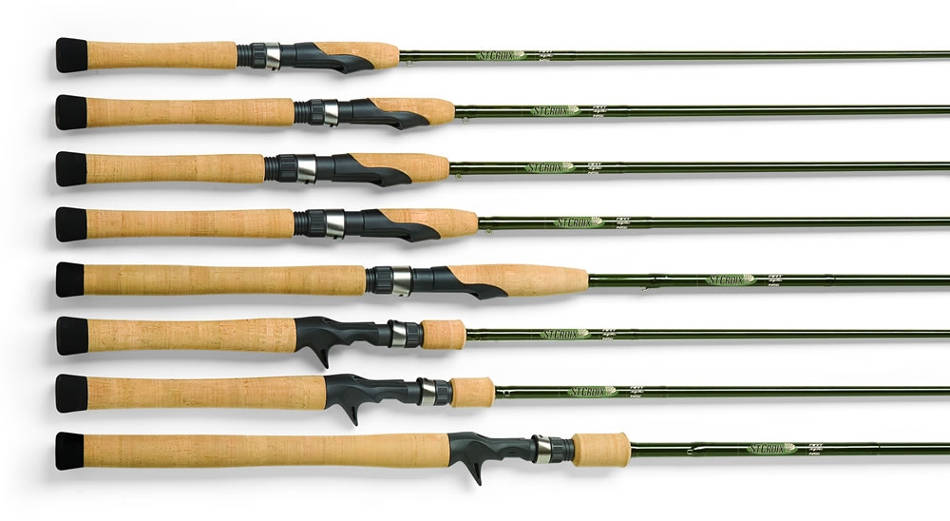
In order to have fun and enjoy your early days of fly fishing you will no doubt shy away from fishing in tight spots where you have bushes and low hanging branches to catch your line on the back cast. With those few practical considerations in mind we’ll suggest a good all around rod that is suitable for most conditions while giving you the ability to play with some nice sized fish.
An eight to nine foot rod with a fast action tip and #6 – 8 floating weight forward line, will handle fly sizes from #14 – 1/0. Regardless of how much you pay for the outfit, take care to see that it is a balanced, rod, reel and line that are compatible with each other. Most fly rods near the handle show the rod weight and suggested line weight to be used with the rod. If you wish to buy a “packaged” outfit for beginners, the rod, line and reel will match and should be balanced.
Reels
There are a variety of reels on the market. And, as you would expect, they run from cheap to expensive. Basically fly fishing reels are mechanically simple compared to bait casting or spinning reels. Fly fishing reels have a drum on which to store the line, a simple knob handle and a drag system. The drag system is one of the most important considerations. Read also : Improve Your Fishing Skills in 2021. The cheapest of reels have “click” drags. The better reels have “disk” drags. The more you pay for the reel the better the drag system. Given the choice buy a reel that has a “disk” drag system.
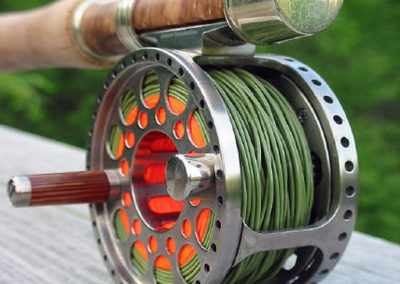
Some fly anglers, very few of them, like to use a reel equipped with an automatic retrieve system. These reels are spring loaded and you wind them up like an old clock. They have a trigger that extends to the front of the reel. When the trigger is squeezed the line automatically winds in. The big disadvantage with these reels is weight – they are heavy. Cast one of these all day and you’re going to be one tired puppy.
Lines and Leaders
The Fly Line
The fly line needs to be matched to the weight of the fly rod being used. Take a little time to understand the various types of fly lines, since each is designed for a specific application. To see also : A to Z of Ice Fishing Safety Tips in 2021. The subject of fly lines and leaders can be a little confusing to the novice at first. However, if you read over carefully what is offered here you should have no problem grasping what you need to understand.
Fly lines run in a range of two to fourteen weights, with two, three, four weight lines being Ultra Lite for small stream fishing or where small flies must be presented in a delicate and accurate fashion. Generally these lines are designed for fishing flies in sizes 14 to 28 with your leader having a tippet of 4x to 8x.
With five, six, seven representing the mid- range of power and delicacy they are the first choice for trout and river bass fishing. Six and seven weight lines are used with dry flies and nymphs in sizes eight to 28, and streamers, sizes two and smaller with tippets of 0x to 6x.
Eight and nine weight lines are used to cast large heavy flies that are best for large bass, trout, and salmon and also used for light saltwater. Great for bass bugs and streamers in sizes 3/0 to 6 with tippets of 1x and larger.
Ten to 15 weight lines are used for saltwater with flies in the 4/0 range and tippets in the 0x range.
There are four line tapers and many line types. You have a Level, Double taper, Weight forward and also a Shooting taper. Within the different lines you have floating, sinking, sinking tip and many more new saltwater types.
Ninety percent of the river and stream fishing is done with floating lines. Most of the lake fishing is also done with floating lines using top water lures working the banks. Sinking tip lines work best with high water moving fast. The last ten to twenty feet of the fly line sinks. Many like a sinking tip line over a full sinking line. The full sinking line is very difficult to cast and control.
Fly line is about 90 feet in length with different types of tapers. We will work with the two most popular- Double taper (DT) and weight forward (WF). There is also a level line that is the same diameter for the entire line and is only good for short casts or bait fishing. For many years the (DT) line was by far the most used. It’s best used where you need to roll cast a lot and need a soft presentation. The (DT) has the same diameter in the middle and tapers down to both ends. When one side gets worn or cut just turn the line around. It’s like buying two fly lines. The drawback to (DT) lines are on windy days, it’s hard to cast. Also, it’s hard to cast big or weighted flies.
Many anglers use a weight forward (WF) line for most all fishing. The (WF) line starts small at the back and tapers to a heavy end before tapering again the last six to ten feet. Most of the new (WF) lines have a longer taper at the end so you can get the delicate and accurate presentation the (DT) line has to offer and still get the long cast in windy conditions or cast the heavy and large flies. If you are just starting out, the (WF) line is the best to learn on. It loads the rod faster, thus making it easier to cast. The bass, saltwater, steelhead and tarpon lines are all based on the (WF) tapers.
The drawbacks are, they don’t roll cast as well and will hit the water harder – but you can learn to overcome this problem with proper casting. If you want to learn a lot more about fly lines, I suggest The Scientific Angler Guidebook to Fly Fishing Mastery. Buy the best fly line you can afford because the line takes a heavy beating and is very important to your fly fishing success. You only get what you pay for.
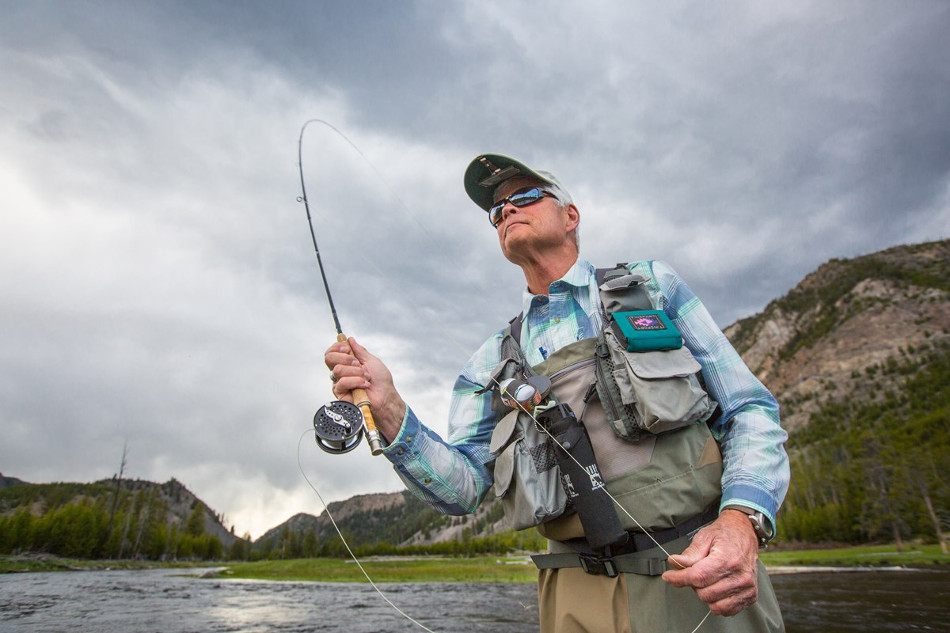
About Leaders
The leader is the most important link between you and the fish. Most fly fishermen don’t spend enough time thinking about or making sure the leader they are using matches the type of fishing they are doing. It’s too long or short, too heavy or light. Not too many people tie their own leaders any more, but the fishermen who do, have a much greater understanding of how a leader works. Your fly rod is tapered also. All the power from your arm must go to the rod through the line into the leader to get the fly where you want it to go. If you have a bad connection anywhere from your hand to your fly, there can be problems.
Most store bought leaders range in length from 71/2 to 13 feet, with 7 1/2 and 9 feet leaders being the most popular.
All leaders have four parts. The butt section is the longest where it resembles the fly line in flexibility and density. This makes the transfer of power from the fly line to the leader possible.
The midsection or body joins the butt to be an additional length of low visibility monofiliment to continue the taper.
The midsection joins the tip that is usually 12 to 24 inches long then joins the tippet that is 18 to 30 inches long.
Leaders and tippets are based on diameter in thousandths of an inch. With .003 being one to two-pound test and .015 being 18-lb. test, you have 11 more diameters to taper a leader between the two. Most fly fishing handbooks give great examples of leader and tippet variation. Also, it gives hook sizes to match the diameter to the hook which is important know.
The last 12″ to 24″ of the leader is referred to as tippet, which could be one to 40 lbs. or more. If you are fishing a small fly where presentation and a drag free float is needed, then you need a tippet in the 18′ to 24′ range which would be 6x to 8x or 4 to 1.5 lb. range. There are a lot of different brand names of leaders. All are based on diameter in the thousandths, but there can be a big difference in poundage. Look for the highest poundage in the diameter you are looking for.
To make a delicate and accurate cast or to send a big fly on its way on a windy day, you must learn to adjust your leader to the fly you are using. This will catch you more fish and you will enjoy casting more.
Having gotten this far the next step is to learn how to properly cast. If you attempt to learn fly casting by your lonesome self, more than likely the only thing you will catch most times is the back of your trousers where you sit. That’s not to suggest that learning to cast is difficult, it’s not. It is best that you find a friend or hire an instructor to teach the rudiments of fly-casting. Most people who are starting out do well after the first 30 minutes of instruction on basic flycasting.
Having purchased the equipment and having learned the basics of flycasting we have no doubt that you are going to be thankful you did. You are now standing in the doorway to a whole new world of angling – flyfishing. For what it might be worth to you, those who try it, rarely walk away from it.
Historically, when the term “flyfishing” is spoken, people think of trout. That kind of thinking when extrapolated leads to words like, expensive, affluent, snob, difficult and several more erroneously descriptive adjectives. Within the last decade flyfishing has caught on and its scope has broadened. Of late, saltwater flyfishing has taken on a new dimension. Heretofore many thought that most saltwater game fish were not catchable by flyfishing. Saltwater flyfishing was perceived as the ultimate challenge that only a veteran professional would dare practice. Well, dear reader, somewhere along the line an ignorant amateur gave it shot and blew that theory away and the word spread. In fact, today many charter captains specialize in fly trips. And it’s being learned that flyfishing trips are no less productive than fishing by other conventional methods. Would you be surprised to learn that big rockfish are being caught by using what we suggested you use in starting your flyfishing sport – why poppers of course. It just takes a heavier rod, line and popper.
Take your first step by walking into a local flyfishing shop, there you will find experts more than willing to get you started correctly. In some cases it may be true that you can buy the same equipment at the local “Big Mart” for less but the advice and guidance they will offer you for free will be worth more than the equipment in the long run. Then, the second you hook that first fish on a fly rod, you too will be hooked.

